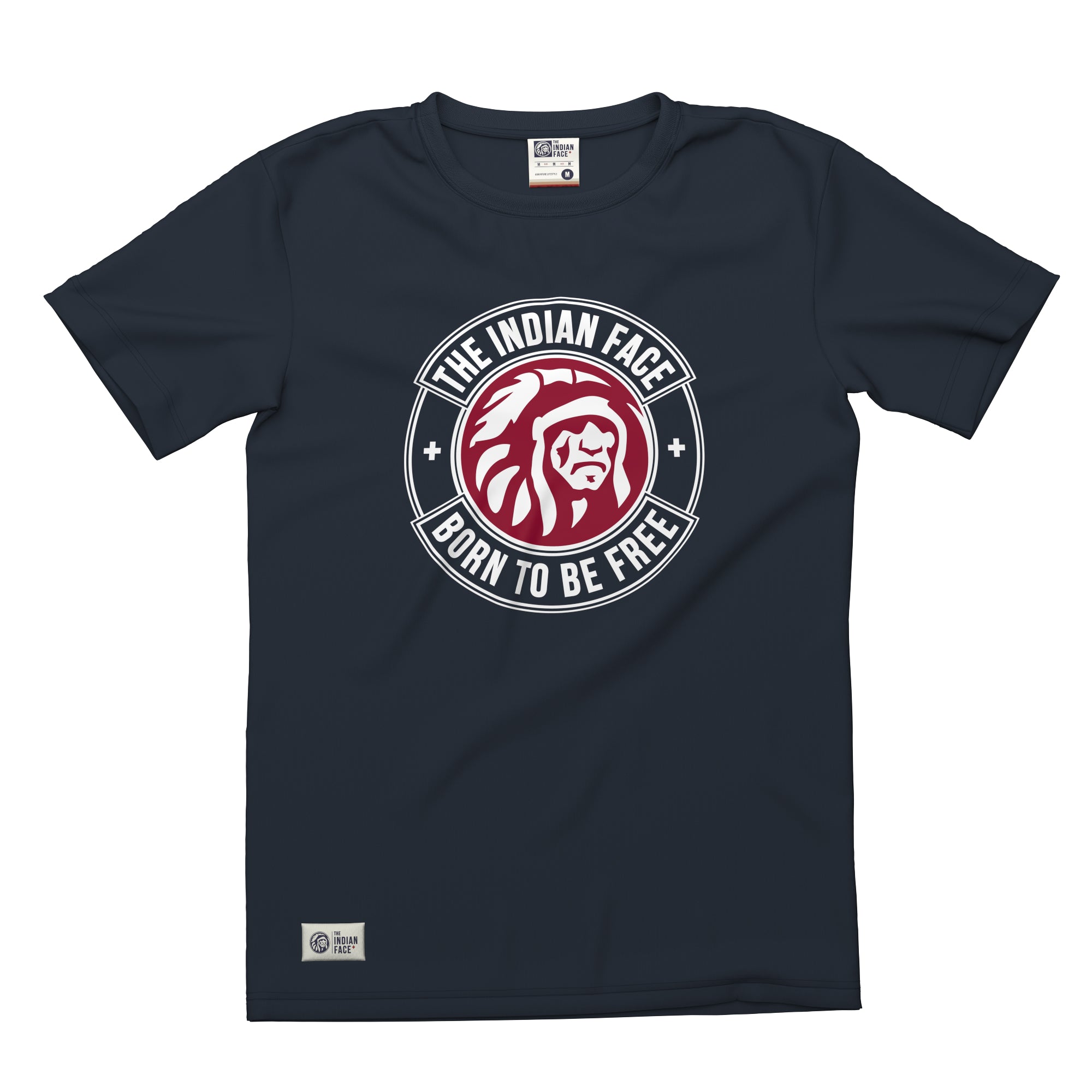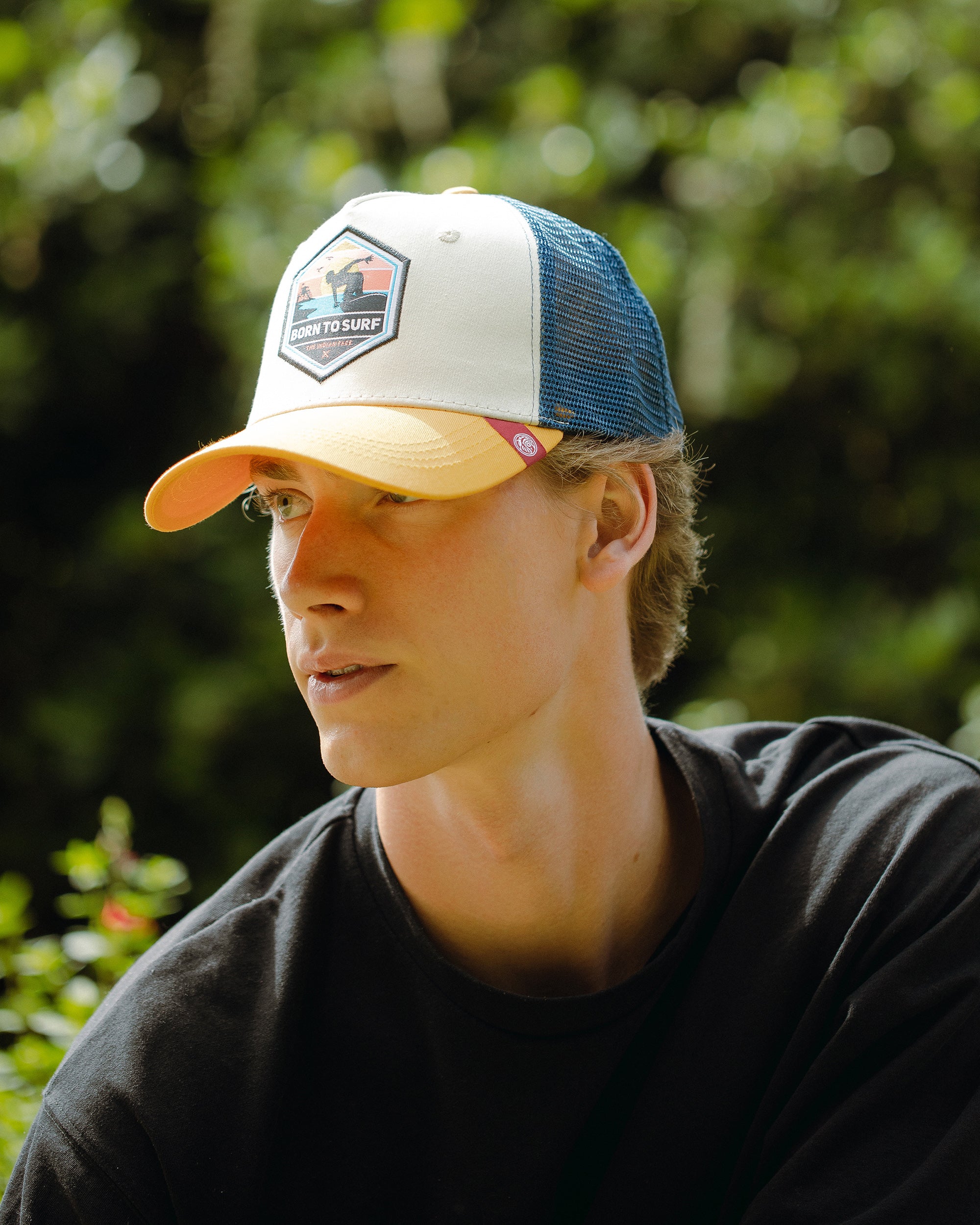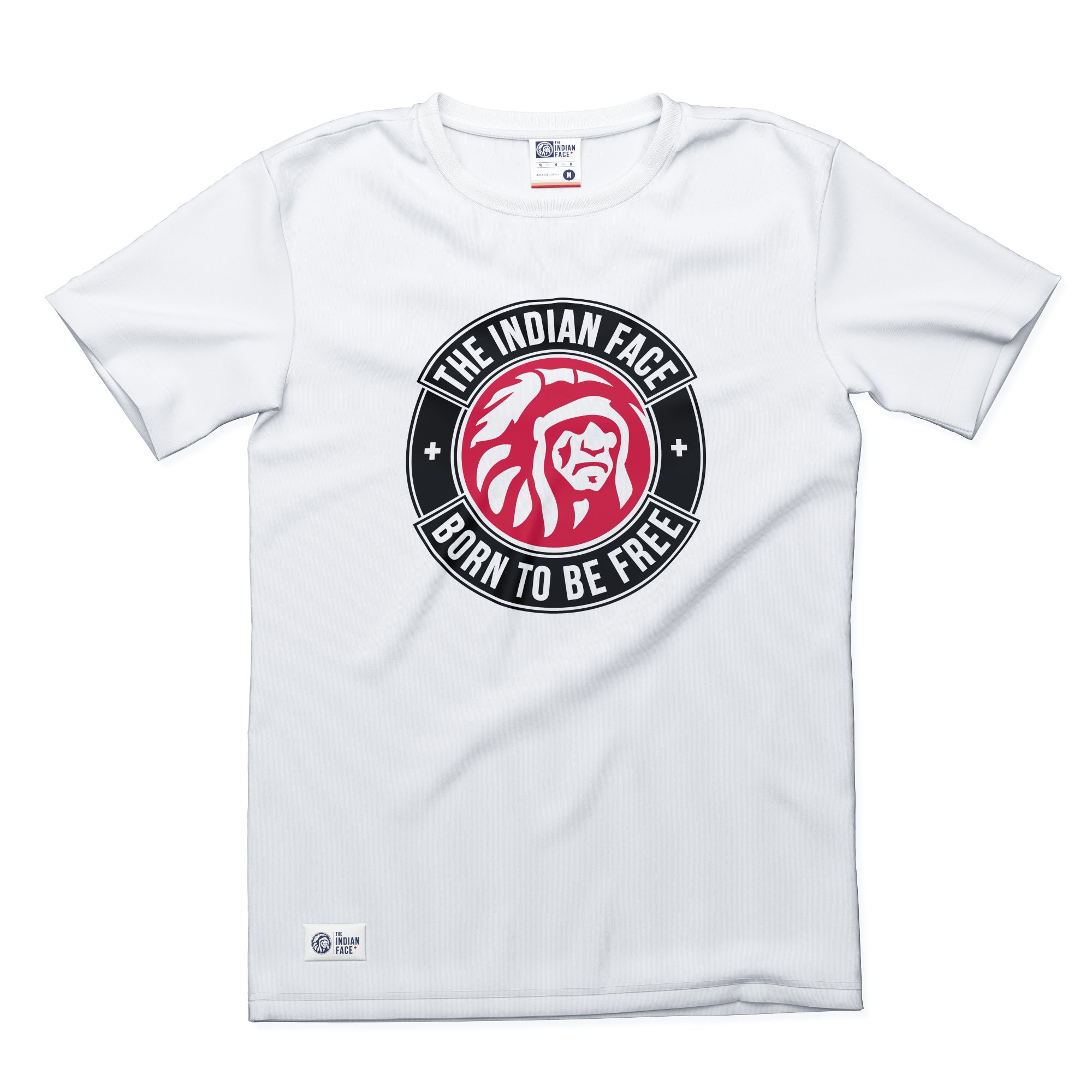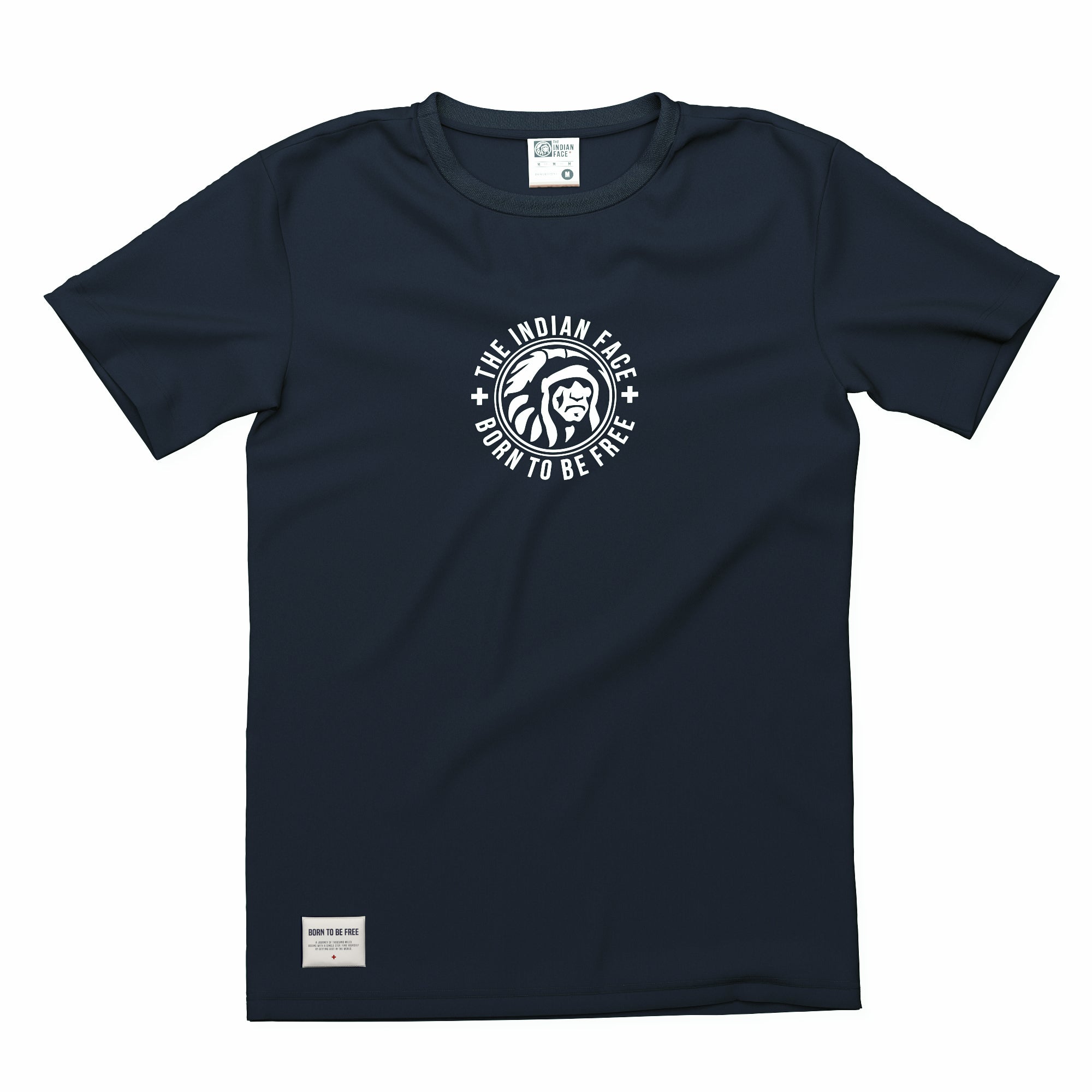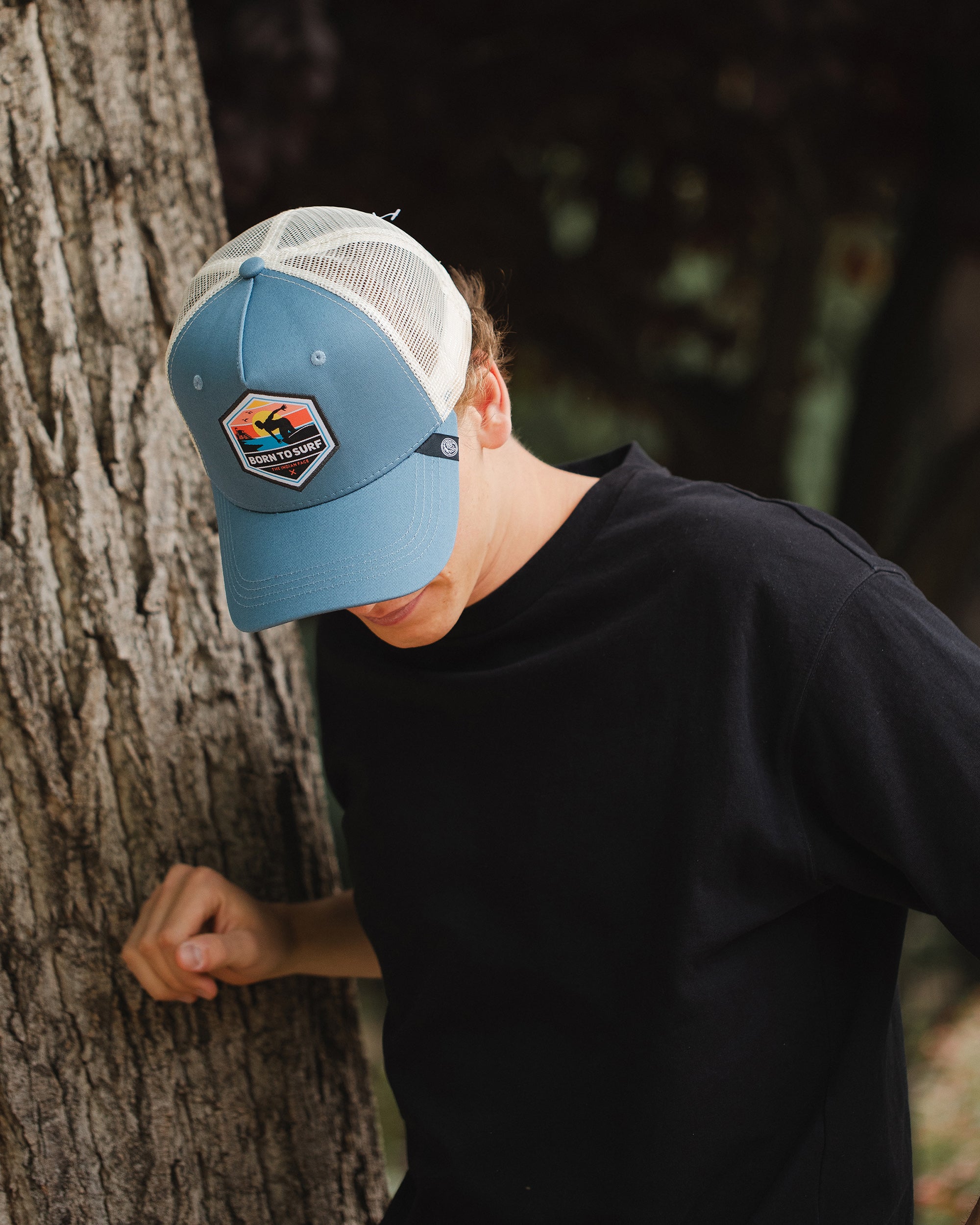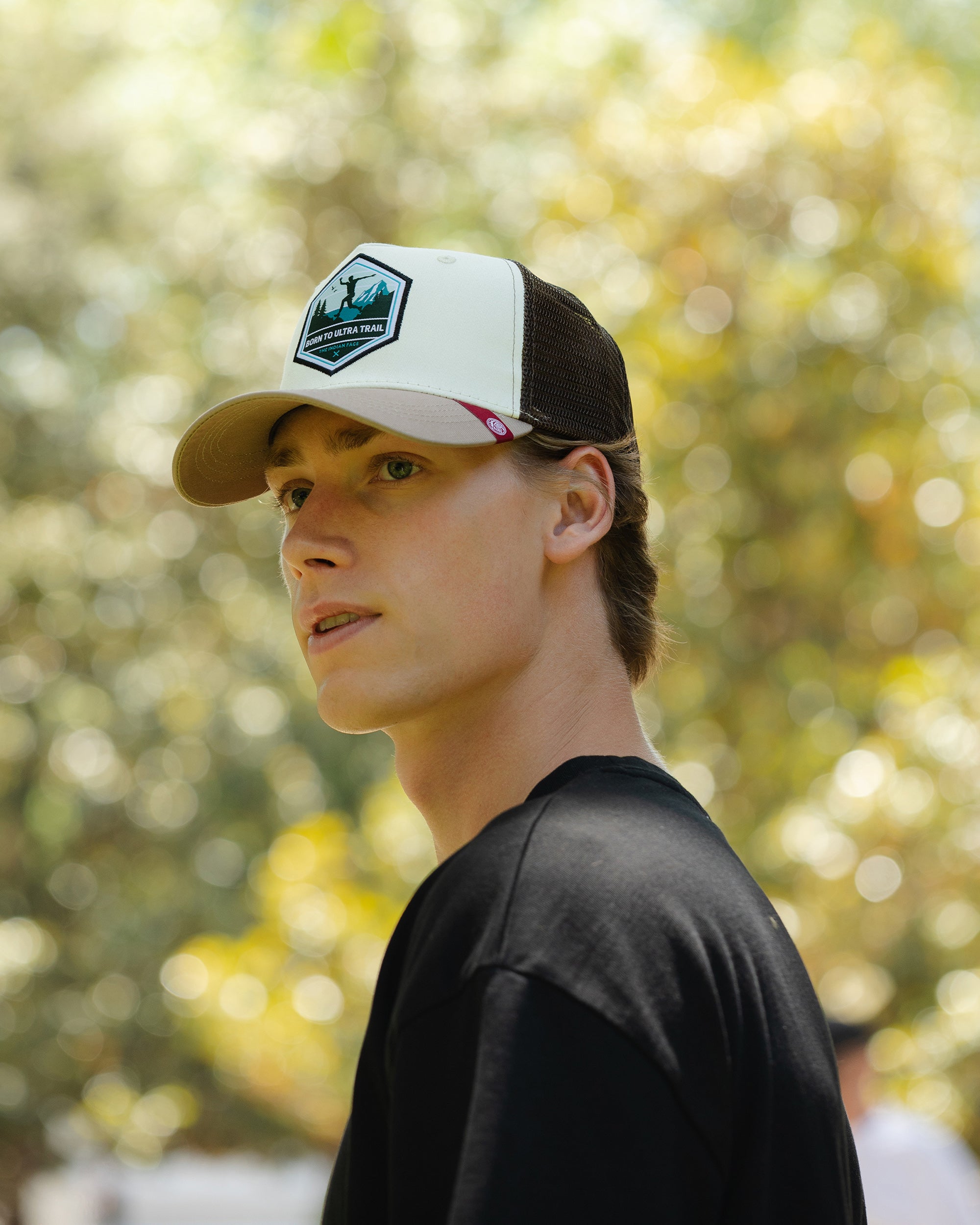freeride is the snowboard modality in which you make a completely off-piste descent, on totally virgin snow, avoiding all the rocks and obstacles that come our way. Currently there are freeride snowboarding tests and competitions on marked out routes that meet the optimal conditions, although the truth is that the true freeride lover undoubtedly prefers a good powder snow session with some jumping of rocky bars.
Many people associate freeride with other disciplines like freecarving or even extreme snowboarding. In reality, many times it is only a matter of small details. For example, the snowboards used in this case must be very versatile because in an outing freeride the board needs to offer very good behavior on powder snow, hard snow and when practicing jumps from any rocky bar that we see.
Because they are so versatile and versatile, freeride shapes boards take almost half of the entire market share, since they guarantee excellent performance in all conditions, they are all-terrain boards: either off-piste, in a snowpark or in the half pipe…. as well as, of course, on the slopes of your ski resort.
We are talking about directional boards, that is, they are designed to be mounted in only one direction: from the front, forwards. A snowboard has a directional shape when the tip and tail are not symmetrical. The tail is narrower, shorter and with less curvature than the front of the board. For this reason, on freeride boards, the bindings are placed slightly further back so that the rider's weight is loaded on the back of the board and thus compensates for this asymmetry. Even with everything, you can practice fakie maneuvers with this type of board, although they are not specifically designed for it.
freeride boards are characterized by being stiffer, longer and thinner than freestyle boards. Despite this, they have a very soft flex and are very maneuverable, which is a great help for beginners. And it is that the freeride are the most versatile and versatile snowboards that you can find, since they work in almost all situations that you can find at a good level.
By the way, with “all mountain” boards you can wear “soft” or “step-in” boots and bindings. The spacing between these bindings is quite large (between 50 and 55 centimeters) and their angle varies depending on the rider who rides the board, generally between 0 and 15 degrees at the rear and between 15 and 25 at the front. However, other riders opt for the "duck" position. The purest freeriders place the bindings slightly further back for better float.

